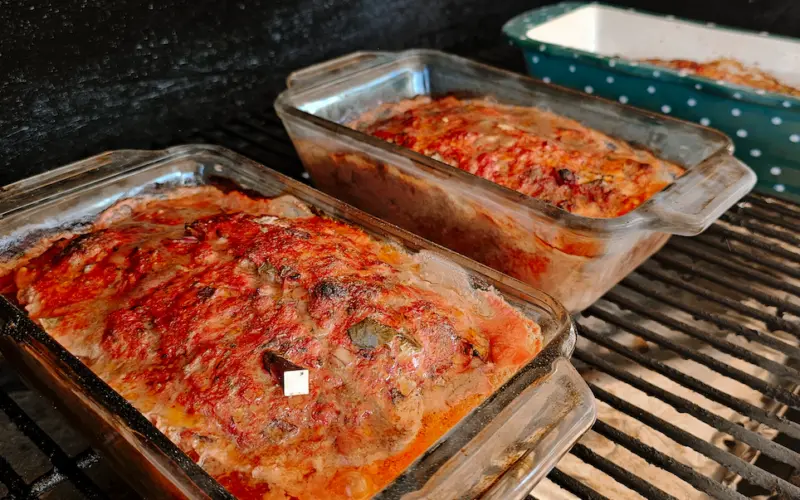Ah, paracord—the outdoor enthusiast’s best friend. Whether you’re a camper, a survivalist, or someone who just loves being outdoors, you’ve probably heard of this versatile cordage. Originally used in the suspension lines of parachutes (hence the name), paracord has become a staple for those who need to tie stuff together out in the woods. But not all paracord is created equal. This guide will explain each type and what it would be good for while camping.
Table of Contents
Overview of Paracord Types
Before we get into the nitty-gritty, let’s break down the basics. Paracord is categorized into types, namely types I, II, III, and IV. Each type varies in strength and durability, and knowing these differences can help you make the right choice on what to bring with you next time you go camping.
Unlike conventional ropes or other cordage, paracord’s unique structure features a core of multiple high-strength nylon strands encased in a flexible, durable outer sheath, providing both tensile strength and adaptability.
This construction allows it to be used in diverse outdoor applications, from securing gear to crafting makeshift tools, due to its ability to withstand environmental stress while remaining easy to handle.
Here’s a high-level overview of each type:
- Type I: Typically supports up to 95 pounds.
- Type II: Can handle around 425 pounds.
- Type III (550): Supports up to 550 pounds.
- Type IV: The heavy-hitter, can bear up to 750 pounds.
Breaking Down Each Type of Paracord
Bringing the wrong paracord with you might not be a disaster, but it limits the amount of weight you can support with it. So if you’re hanging heavy items like bear barrels then you’ll want something that has greater strength compared to if you’re just using it to help carry firewood.
Type I Paracord
Type I paracord is the featherweight champion of the paracord family. It features a single inner core strand, wrapped snugly in a thin yet durable nylon sheath. With a breaking strength of 95 pounds, it’s surprisingly strong for its size.
It’s ideal for lightweight tasks. Think of it as your go-to for crafting zipper pulls, securing loose gear, or fashioning lanyards. It’s perfect for those small jobs that require finesse rather than brute strength. However, it’s not suitable for load-bearing tasks or critical applications where strength is needed.
Type II Paracord
Sitting in the middle of the paracord spectrum, Type II paracord offers a balance between size and strength. It comprises several core strands, allowing it to support up to 425 pounds. This mid-range paracord is slightly thicker than Type I, making it versatile for a variety of outdoor tasks.
When setting up camp, Type II is a good choice for tie-downs. Use it to secure tent lines, rig a tarp shelter, or create a makeshift clothesline. It’s robust enough for tasks that require more than a light touch but don’t stretch the limits of extreme strength.
Type III (550) Paracord
Known affectionately as the 550 paracord, the Type III paracord is the most popular among outdoor aficionados. With seven to nine core strands, it boasts a breaking strength of 550 pounds. This paracord strikes a perfect balance between flexibility and toughness, offering a medium thickness that is easy to handle yet incredibly strong.
From crafting a fishing line or tying down gear to creating an emergency tow rope, its uses are virtually endless. Its reliability and adaptability make it an indispensable part of any outdoor adventurer’s kit. Whether you’re hiking, camping, or tackling survival scenarios, Type III is your best companion. It’s easily recommended for any camping gear loadout.
Type IV Paracord
Type IV paracord is the group’s heavy-duty workhorse. With its multiple core strands (up to 11), this paracord can handle an impressive 750 pounds. It’s thicker and more robust, designed for those who need maximum strength in their gear.
Commonly referred to as mil-spec, it’s perfect for hoisting gear, constructing a durable shelter, or even crafting a reliable raft, it’s designed for serious weight-bearing tasks. In most cases, this type is overkill and not necessary, but some may like having the added security it brings.
Final Thoughts
Paracord is one of those things that you probably have lying around but never really think much of until you need something tied down. In most scenarios, any paracord can work, but choosing the right one for the job ensures that there is no room for breakage. If you’re a typical camper, then 550 Paracord is the best option for you.










